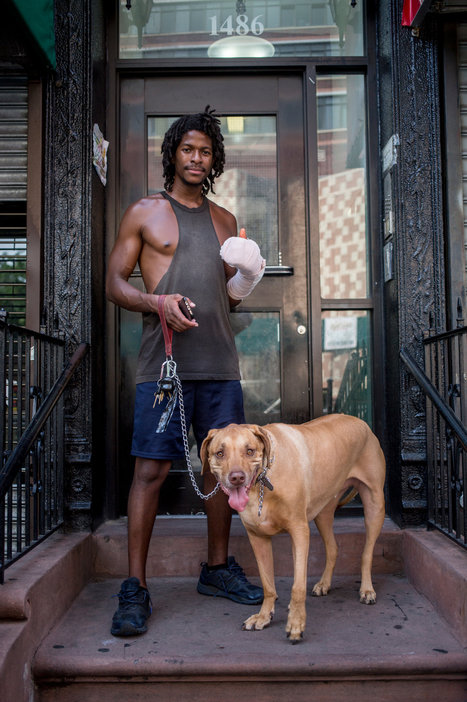(p. C3) In a recent paper prepared for a European Central Bank conference, the economists David Autor of MIT and Anna Salomons of Utrecht University looked at data for 19 countries from 1970 to 2007. While acknowledging that advances in technology may hurt employment in some industries, they concluded that “country-level employment generally grows as aggregate productivity rises.”
The historical record provides strong support for this view. After all, despite centuries of progress in automation and recurrent warnings of a jobless future, total employment has continued to increase relentlessly, even with bumps along the way.
More remarkable is the fact that today’s most dire projections of jobs lost to automation fall short of historical norms. A recent analysis by Robert Atkinson and John Wu of the Information Technology & Innovation Foundation quantified the rate of job destruction (and creation) in each decade since 1850, based on census data. They found that an incredible 57% of the jobs that workers did in 1960 no longer exist today (adjusted for the size of the workforce).
Workers suffering some of the largest losses included office clerks, secretaries and telephone operators. They found similar levels of displacement in the decades after the introduction of railroads and the automobile. Who is old enough to remember bowling alley pin-setters? Elevator operators? Gas jockeys? When was the last time you heard a manager say, “Take a memo”?
. . .
. . . , if artificial intelligence is getting so smart that it can recognize cats, drive cars, beat world-champion Go players, identify cancerous lesions and translate from one language to another, won’t it soon be capable of doing just about anything a person can?
Not by a long shot. What all of these tasks have in common is that they involve finding subtle patterns in very large collections of data, a process that goes by the name of machine learning.
. . .
But it is misleading to characterize all of this as some extraordinary leap toward duplicating human intelligence. The selfie app in your phone that places bunny ears on your head doesn’t “know” anything about you. For its purposes, your meticulously posed image is just a bundle of bits to be strained through an algorithm that determines where to place Snapchat face filters. These programs present no more of a threat to human primacy than did automatic looms, phonographs and calculators, all of which were greeted with astonishment and trepidation by the workers they replaced when first introduced.
. . .
The irony of the coming wave of artificial intelligence is that it may herald a golden age of personal service. If history is a guide, this remarkable technology won’t spell the end of work as we know it. Instead, artificial intelligence will change the way that we live and work, improving our standard of living while shuffling jobs from one category to another in the familiar capitalist cycle of creation and destruction.
For the full commentary, see:
Kaplan, Jerry. “Don’t Fear the Robots.” The Wall Street Journal (Sat., June 22, 2017): C3.
(Note: ellipses added.)
(Note: the online version of the commentary has the date June 21, 2017.)
The David Autor paper, mentioned above, is:
Autor, David, and Anna Salomons. “Does Productivity Growth Threaten Employment?” Working Paper. (June 19, 2017).
The Atkinson and Wu report, mentioned above, is:
Atkinson, Robert D., and John Wu. “False Alarmism: Technological Disruption and the U.S. Labor Market, 1850-2015.” (May 8, 2017).
The author’s earlier book, somewhat related to his commentary quoted above, is:
Kaplan, Jerry. Artificial Intelligence: What Everyone Needs to Know. New York: Oxford University Press, 2016.


